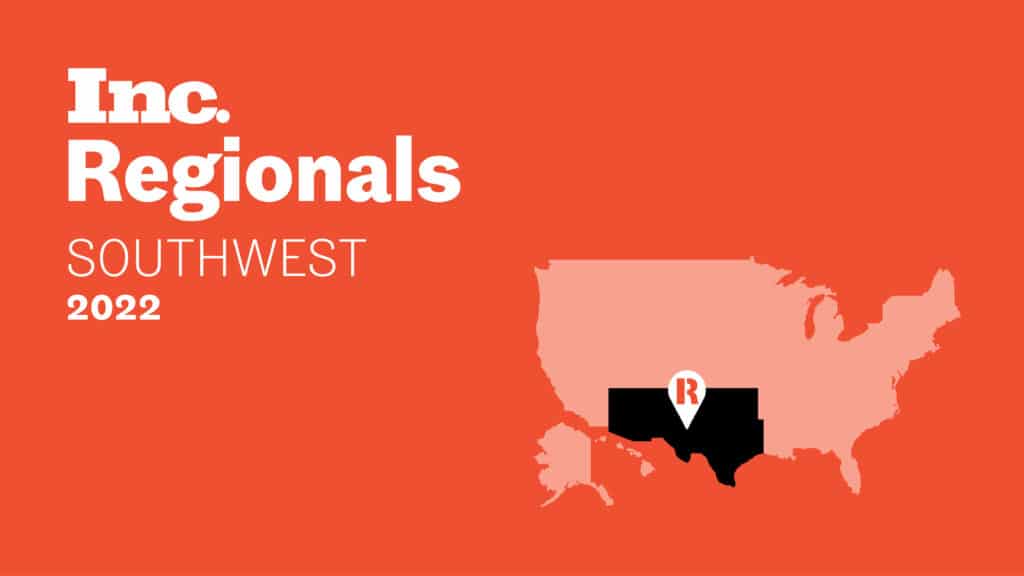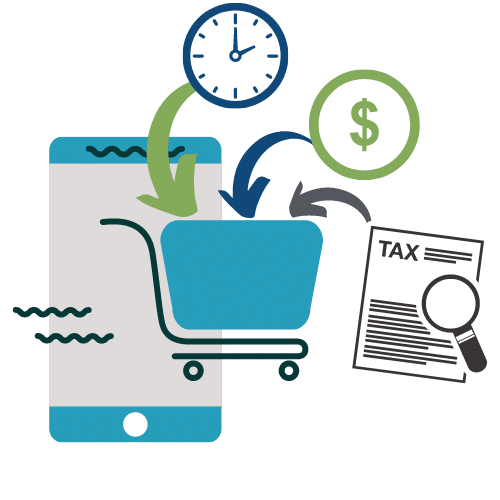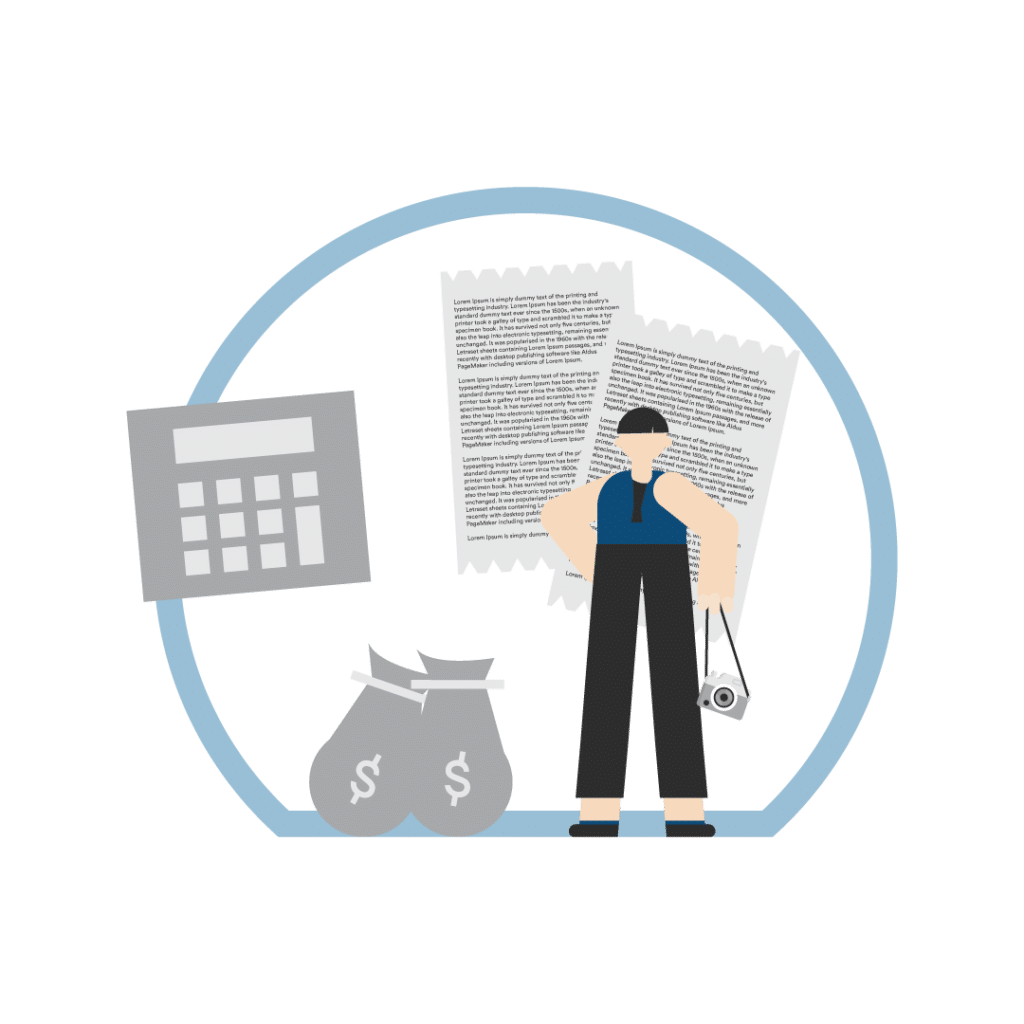
Insogna CPA Receives Award: Recognized as No. 129 on Inc. Magazine’s Fastest-Growing Private Companies in the Southwest Region
Companies on the 2022 Inc. 5000 Regionals Southwest list had an average growth rate of 154% percent.
Austin, TX, March 15, 2022 – Inc. magazine today revealed that Insogna CPA is No. 129 on its third annual Inc. 5000 Regionals Southwest list. It is the most prestigious ranking of the fastest-growing private companies based in Arizona, New Mexico, Oklahoma, and Texas. Born of the annual Inc. 5000 franchise, this regional list represents a unique look at the most successful companies within the Southwest region economy’s most dynamic segment–its independent small businesses.
“We are excited to be recognized, for the 3rd year in a row, by Inc. Magazine,” said Chase Insogna, Founder and President of Insogna CPA. “Our experienced team of professionals work diligently to serve our valued customers every day. This dedication to delivering great customer experiences has led to significant year-over-year growth at Insogna CPA,” he continued. “We are extremely proud of our team’s success and look forward to continue providing ongoing financial expertise to our valued customers.”
The companies on this list show a remarkable rate of growth across all industries in the Southwest region. Between 2018 and 2020, these 141 private companies had an average growth rate of 154% percent and, in 2020 alone, they added 10,563 jobs and nearly $10.9 billion to the Southwest region’s economy. Companies based in the Austin, Texas, Scottsdale, Arizona, and Fort Worth, Texas, areas had the highest growth rate overall.
Complete results of the Inc. 5000 Regionals Southwest, including company profiles and an interactive database that can be sorted by industry, metro area, and other criteria, can be found here.
“This year’s Inc. 5000 Regional winners represent one of the most exceptional and exciting lists of America’s off-the-charts growth companies. They’re disrupters and job creators, and all delivered an outsize impact on the economy. Remember their names and follow their lead. These are the companies you’ll be hearing about for years to come,” says Scott Omelianuk, editor-in-chief of Inc.
Award Methodology
The 2022 Inc. 5000 Regionals are ranked according to percentage revenue growth when comparing 2018 and 2020. To qualify, companies must have been founded and generating revenue by March 31, 2018. They had to be U.S.-based, privately held, for-profit, and independent—not subsidiaries or divisions of other companies—as of December 31, 2019. (Since then, a number of companies on the list have gone public or been acquired.) The minimum revenue required for 2018 is $100,000; the minimum for 2020 is $1 million. The rigorous selection process ensures that only the most dynamic and rapidly growing companies are recognized, reflecting the vibrant entrepreneurial landscape across various industries and regions of the United States. As always, Inc. reserves the right to decline applicants for subjective reasons.
About Inc. Media
The world’s most trusted business-media brand, Inc. offers entrepreneurs the knowledge, tools, connections, and community to build great companies. Its award-winning multiplatform content reaches more than 50 million people each month across a variety of channels including websites, newsletters, social media, podcasts, and print. Its prestigious Inc. 5000 list, produced every year since 1982, analyzes company data to recognize the fastest-growing privately held businesses in the United States. The global recognition that comes with inclusion in the 5000 gives the founders of the best businesses an opportunity to engage with an exclusive community of their peers and the credibility that helps them drive sales and recruit talent.
The associated Inc. 5000 Conference is part of a highly acclaimed portfolio of bespoke events produced by Inc. For more information, visit www.inc.com.







